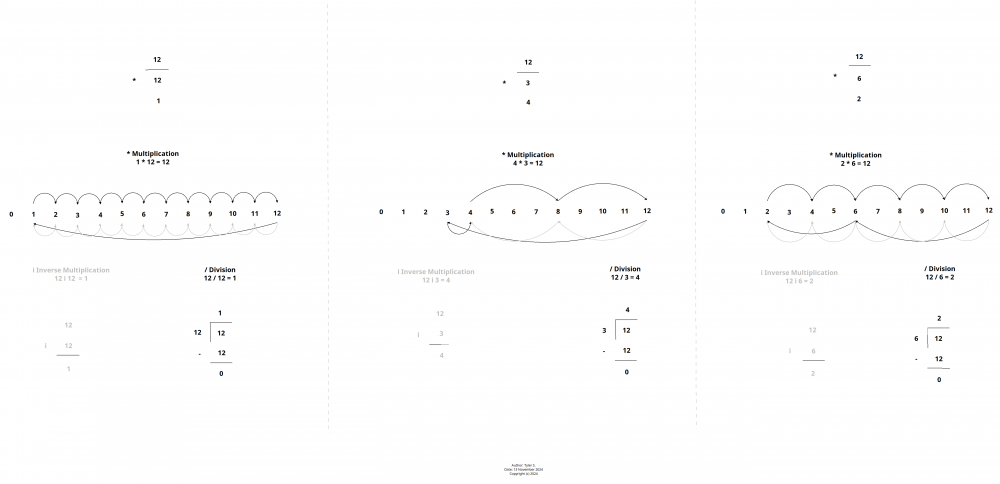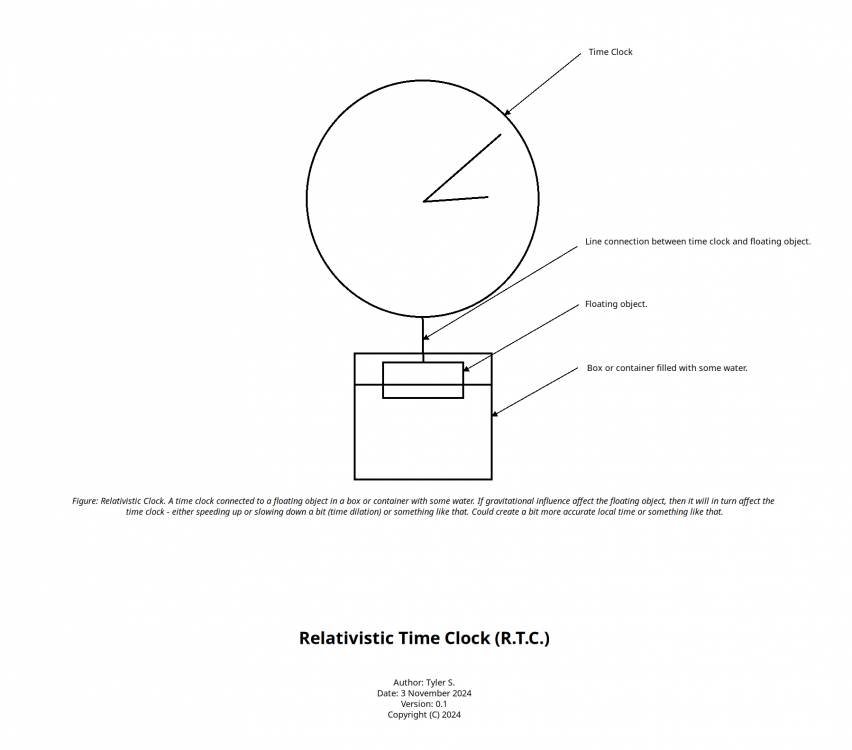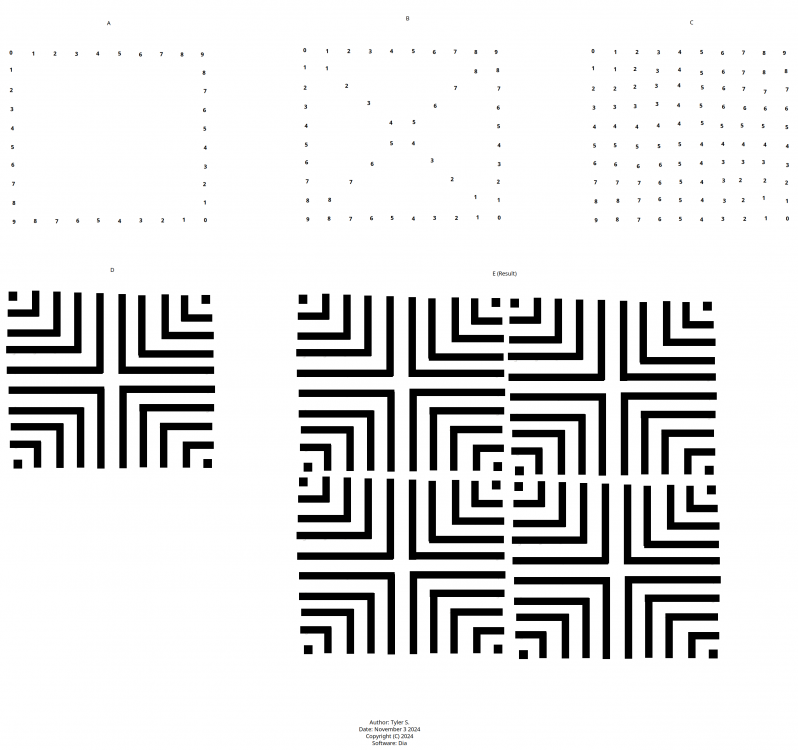-
Posts
160 -
Joined
-
Last visited
Content Type
Profiles
Forums
Events
Everything posted by tylers100
-
I wonder if we could re-create a form of static electricity but stronger version (and hopefully safe too) of it for use onboard spacecraft and space station. I can picture mentally of an electricity that could flow through object(s) with mass then when that occur so, the object mass gain energy temporarily at a given time as long electricity flows through then surely sub-sequentially yield a stronger gravitational attraction. I imagine would have to make objects whose density have to accompany dense geometry in order to accommodate extra energy. But I'm not sure about objects' (e.g. which ore material etc) sustainability or endurance could / would be (e.g. lead to decay as natural things would do).
-

Explanation of mystery of wave-particle duality, solution of this problem
tylers100 replied to cpu68's topic in Speculations
I dunno for sure until an evidence but a thought occurred to me that what if light waves emanated from a light source acquire some mass or form of particle(s) temporarily while bouncing or diffusing or something like that? Or just merely illumination of particles / mass in the way of its travel path? -
Helpful A bit, I think. Although slightly very descriptive and lists quite a bit of many things to consider. I'll give this some time to absorb and think about in order to learn a bit more. Gravity Interaction and Analogy Scenario In meanwhile, see the bold sentences in above quote by you - caught my attention. That sounds like the 'median' gravity (a specific word I came up with for specific averaged out centre in gravity interaction) I was talking a bit about in an other thread of mine. It fascinates me. At this moment, I'm thinking about an objective-oriented scenario where or when a bowl is filled with some randomized food ingredients then we shake it up and observe which ingredients would tend toward bottom and others upwardly AND maybe also able to observe which these very aggregated ingredients byproduct form circulation pattern(s). I wonder if this scenario is similar or does match with the quoted and bold sentences by you? Maybe I'm thinking a bit aloud or something like that, but kinda cool thing to think about.
-
Thanks for answering. What we would do with a possibility of terraforming ... say, the Moon or Mars... if either of those own magnetism field is practically nearly dead? E.g. how would we amplify the density differences in those moon or planet in order to enable or increase magnetism field in those for a possible terraformation that is if it is feasible? For some reason on my mind, maybe trigger an earthquake might could do that to potentially increase a chance of magnetism field formulation or maybe not - on Moon or Mars, that is.
-
and So, gravity doesn't cause magnetism field but does cause a type of prior (e.g. see 2nd quote by @studiot ) to the magnetism field?
-
Just woke like an hour ago and it is nearly 1 am in the early morning time with some fogs outside atm. For some reason it (the fog) promotes or inspires me to think of an universal translator, a fictional feature of Star Trek technologies. I might make a speculation thread about that or maybe not, I dunno. I mean, I got some basic or elemental concepts pinpointed constituting that but mathematics and solidness of prove, no. Maybe I feel like talking about the universal translator, its abstracts, in words, or something like that for time being. These elemental concepts are universal, I think. Ok, maybe a Star Trek thread at a later time. Btw the ASD or "median gravity" is one of those elemental concepts, but just median notion for time being. I ate a small pizza sandwich minus sauce, it was okay. Currently emptying my 2nd coffee cup and prep to have 3rd and that's it for morning, I hope so.. don't want to get caffeinated too much, heh.
-
Good morning. One or two days ago, I realized the adaptive semi-determinism (ASD) could be a form of median gravity that seemingly emerge at midpoint between objects. And its behaviour(s) as how I can mentally picture, could be similar to how a weather form and dissolve (e.g. it is there then it is not anymore [e.g. a cold winter storm] etc). I did some mathematics pertaining to it, but I'm a bit unsure whether if mathematics I did is right or not. I might will make a separated thread about it in physics or mathematics section at later time. Not long ago I just ate a pizza pita for breakfast, it was delicious. I once joked whether if I mistaken it for a frisbee disc. Heh.
-
I realize I was overreaching a bit, I will rephrase (for this planet Earth only for now): Would a high amount of electromagnetism connectivity between object(s) such as iron and other makeup of innermost core, cause these to melt then in turn cause Earth gravity as we know it now?
-
The thinking occurs to me as this: The more shared mass objects (e.g. iron etc inside core) happen due to electromagnetism, would if high amount of that temperature melt iron etc in core resulting in core gravity?
-
I think I'm beginning to understand a bit. I noticed something interesting about the 12 number, see attached image. Linear 12 is a beginning and end. The circle 12 is a bit amusing, a continuous 12 number. Clockwise manner as depicted on the image, but if arrow go in counter-clockwise manner.. same 12 result hence continuous 12 number. Heh, a bit interesting to point out.
-
I looked into Set Theory and Group Theory at previously times but need to read and think a bit more about these at later time. For now, discussing about just the inverse multiplication using the multiplication concept. Diagram Image See the attached diagram image. No Process / Procedure It is starting to look like inverse multiplication is un-doable since I'm unable to find a correct process or procedure for it / that or there is none (or none yet.. ?). I mean, for example: Multiplication 1 * 12 = 12 then Inverse Multiplication 12 i 12 = 1 It is seemingly easy to see one can reverse the multiplication and its answer the other way to obtain answer when inversely multiplying. But.. no process or procedure. Uniform I inverse-multiplied using the same multiplication principle or concept as shown on the image. I should point out that when inversely-multiply (gray numbers / arrows / lines) numbers, these seems uniformly-even when divisions are slightly different despite the fact these divides evenly. Or maybe I'm a bit over-analyzing the basics of arithmetic operations or something like that. It is just that I want to ensure that I get these basics of arithmetic operations right and explore if there is any other major arithmetic operation or not with certainty. Also or maybe I need to step a bit back and look into the Set Theory and Group Theory a bit more to know before proceeding further?
-
Five possibilities occurred with searching for a next science genius: - Be genius. - Wait for a next genius. - Work together to be "genius". - Or genius is overrated, and do what best can do. - And or all of above.
-
I looked up both set theory and group theory wiki, bookmarked these for later reading. No, I'm not ready for that at this moment. It is just that while refreshing myself with math at basic level for some time, I noticed there must be a "counterpart" for every mathematical operation even at arithmetic level, maybe.. an example: + and -, addition and subtraction * and i, multiplication and inverse of multiplication (I called it as I do not have a formal termed word for it as far I do not know one except similar words referenced.) / and \, division and its counterpart Division and its counterpart (when I did the inverse multiplication math I realized a counterpart of division might would has inverse of multiplication and addition along with rounding up or down decimals, I called it something like, "jointion" and or denoted with a symbol like '\' while division is '/'. It would joins numbers and round up/down numbers whereas division divides to decimals if necessary. But some math I did with it didn't checked out as I encountered some errors and confusions with it.. so perhaps I still need some work with understanding my approach and conceptualizing process or something like that.)
-
* = multiplication i = inverse (of) multiplication 2 * 2 = 4 4 i 2 = 2 The reason I post this is because I don't see it appearing as part of arithmetic operations elsewhere apart from some references to inverse (e.g. link: https://en.wikipedia.org/wiki/Multiplicative_inverse) but probably not exactly what I am talking about.
-
I was looking at my own ordinary time clock. I had a notion about relativity while still (and still am) learning about it then came up with this thread, to see if a R.T.C. make sense or is possible or not. Well, possibly about precise as averaged out. With my assumption that most ordinary local time clocks (and others?) are mechanically constant, lacking a natural connectivity with dominant gravity of local ranging to global.
-
I was looking at a time clock, then I have had a thought about what if were to add a box or container with some water and floating object underneath it. The line connection between the floating object and the time clock. If gravitational influence affect the floating object at some levels, the floating object would tug or pull the tick pointer to move either speed up or slow down depending, yielding a possible and more accurate local time? The reasoning I follow is if more accurate local time, then less the need to adjust local time multiple of times or something like that. Or is my reasoning wrong or need a bit more learning about GR or SR or both? I have attached an image diagram illustrating what I am talking about.
-
I have heard of Penrose but not his work on tiling. Escher, no until I visited the link. Tessellation, yes but not explored or delved into it in depth not fully yet (formal-wise). Good morning to you too.
-
A basic number arrangement and draw, a random and kinda trivial but a bit fun activity I did this morning. See attached image.
-
The temperature here at 1 c last time I checked. I don't mind some coldness of weather.. just not extremely cold. Speaking of temperature.. I once played around with developing a diagram of temperature, not a serious thing but wondered why a standardization of human specific temperature couldn't be based on from this (perhaps not too precise or something like that): 0 (absolute absence of heat) 1 (cold) 2 (warm) 3 (hot) Then developed into Wizard Temperature Formulation (W.T.F.), a human specified temperature, then polished just on this post: 0 ultra cold 0.5 1 extremely cold 1.5 2 moderately cold 2.5 3 low cold 3.5 4 low heat 4.5 5 moderately heat 5.5 6 extremely heat 6.5 7 ultra hot Oh well, just for fun.
-
At the time of authoring this, I'm kinda taking a break from learning a bit about physics and diagramming (one of my modes of learning; visualization). I ate a lasagna for breakfast, heh.. maybe a bit unorthodox, but omg it tasted delicious. The weather is becoming a bit more colder lately as kinda expected at this time of season, nearing winter time... "Winter is coming."
-
An update (see attached image). I'm in some degrees of aware that it might be approximately close to right, wrong, or both. I think this is for time being, at least for me. Thanks to you and other posters for participation in this thread so far. Seems more further physics and mathematics would be a step in understanding gravity and etc more better.
-
Ok, thanks. I'll look into and think about it a bit more in order to learn a bit if it make sense.
-
Thanks for the link.






